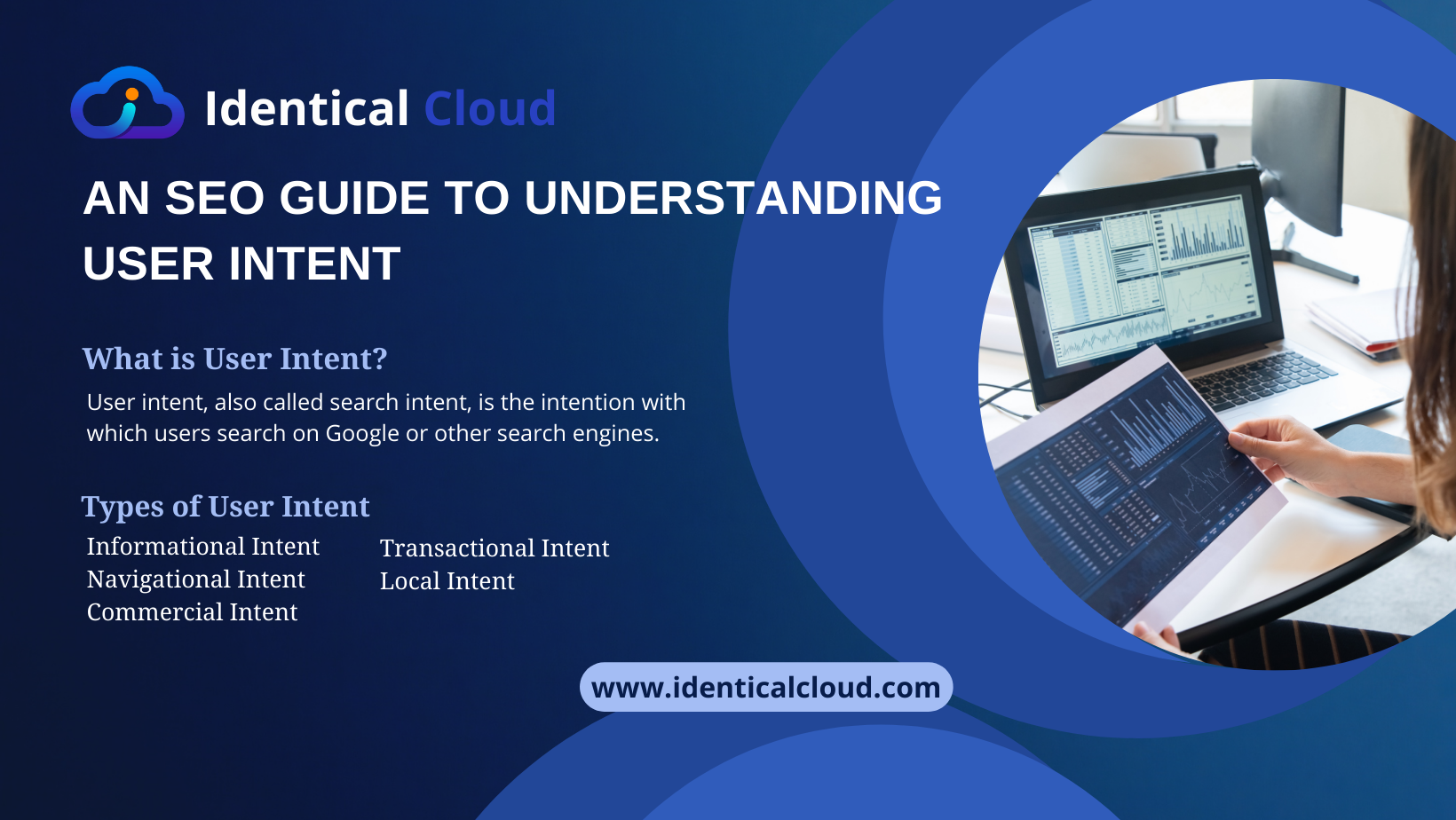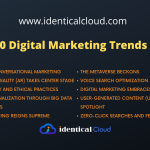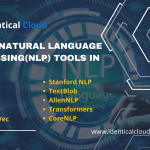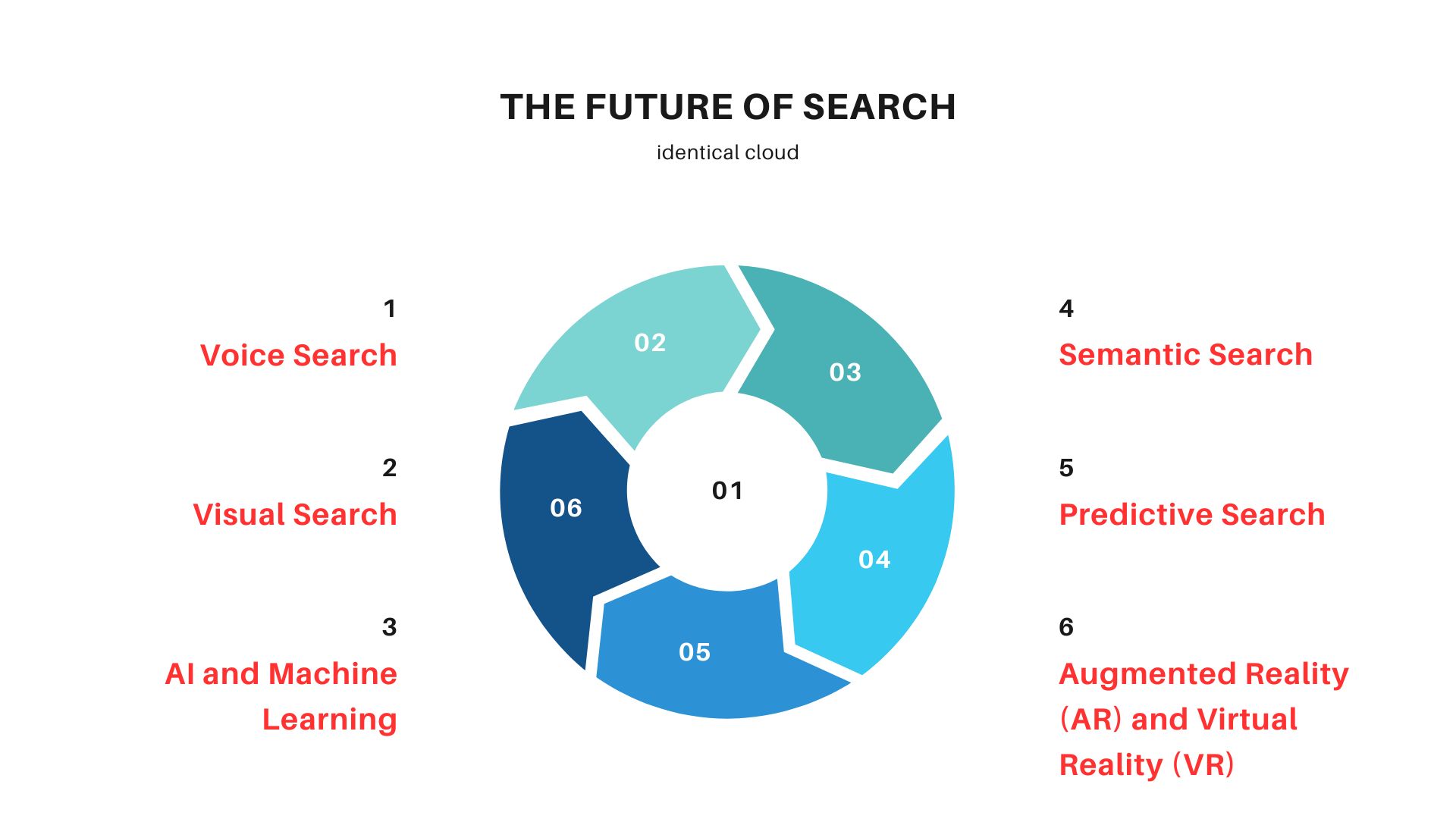
An SEO guide to understanding user intent
An SEO guide to understanding user intent
Decoding User Intent: A Comprehensive SEO Guide
In the intricate web of search engine optimization (SEO), understanding user intent is a pivotal key to unlock the door to higher rankings, increased traffic, and improved user satisfaction. As search engines become more sophisticated, it’s no longer just about keywords; it’s about grasping what users truly want when they type those words into the search bar. In this comprehensive SEO guide, we delve deep into the realm of user intent, exploring its significance, types, and strategies to align your content with what users are truly seeking.
What is User Intent?
User intent refers to the underlying motivation or purpose behind a user’s search query or online activity. It goes beyond the literal words entered into a search engine and delves into the deeper meaning and desired outcome of the user’s interaction. Understanding user intent is crucial in digital marketing, content creation, and search engine optimization (SEO) because it helps ensure that the content and information provided align with what the user is actually looking for.
Types of User Intent
User intent can be categorized into several types:
- Informational Intent: Users are seeking information, answers, or solutions to a specific question or problem. They may be looking for how-to guides, tutorials, explanations, or general knowledge on a topic.
- Navigational Intent: Users are looking for a specific website, page, or brand. They already have a destination in mind and want to quickly navigate to it. Navigational intent searches often include brand names or specific URLs.
- Commercial Intent: Users are in the research phase of a purchase. They are looking for information about products, reviews, comparisons, and pricing before making a buying decision.
- Transactional Intent: Users are ready to make a purchase or take a specific action, such as signing up for a service, downloading a resource, or booking an appointment. Transactional intent searches often include words like “buy,” “order,” or “download.”
- Local Intent: Users are looking for information related to a specific location, such as finding nearby restaurants, stores, or services. Local intent is common in searches that include phrases like “near me” or specific location names.
- Navigational Intent: Users are seeking information related to a specific date or time, such as upcoming events, holidays, or historical dates.
Why is User Intent important in SEO?
User intent is a fundamental concept in search engine optimization (SEO) because it serves as a guiding principle for creating relevant and valuable content that meets the needs of users.
Here’s why user intent is crucial in SEO:
- Relevance and User Satisfaction: Understanding user intent ensures that the content you create aligns with what users are looking for. When users find content that directly addresses their query or problem, they are more likely to stay on your website, engage with the content, and ultimately achieve their goals. This leads to higher user satisfaction and a better overall user experience.
- Improved Click-Through Rates (CTR): When search results match user intent, they are more likely to attract clicks. Users are more inclined to click on a link that promises to provide the information they’re seeking. This results in higher click-through rates, which can positively impact your organic search rankings.
- Reduced Bounce Rates: If your content matches user intent, visitors are less likely to immediately leave your website (bounce). When users find relevant and engaging content, they are more likely to explore your website further, reducing bounce rates.
- Higher Conversions: Understanding user intent allows you to create content that guides users through their buyer journey. For example, if a user’s intent is commercial (looking to make a purchase), providing detailed product information, reviews, and a clear call-to-action can lead to higher conversion rates.
- Long-Term Authority and Rankings: When your content consistently delivers what users are seeking, it establishes your website as a reliable source of information. This can lead to higher user engagement, longer time spent on your site, and more inbound links, all of which contribute to improved search engine rankings over time.
- Rich Snippets and Featured Snippets: Creating content that directly addresses user intent increases the likelihood of your content being featured in rich snippets or featured snippets. These enhanced search results can significantly increase visibility and click-through rates.
- Adapting to Search Engine Algorithms: Search engines are increasingly focused on delivering results that match user intent. Algorithms like Google’s BERT (Bidirectional Encoder Representations from Transformers) are designed to better understand the context and nuances of user queries. Optimizing for user intent helps your content align with these algorithmic advancements.
- Competitive Advantage: By understanding and catering to user intent, you can differentiate yourself from competitors who may be targeting generic keywords without considering the specific needs of users.
In essence, user intent is the cornerstone of effective SEO. It ensures that your content strategy is user-centric, which not only benefits your search rankings but also fosters a positive relationship with your audience, leading to long-term success in the digital landscape.
Strategies to Optimize for User Intent
- Keyword Research: Conduct thorough keyword research to identify keywords aligned with different user intents. Tools like Google Keyword Planner and SEMrush can assist in discovering relevant keywords.
- Content Creation: Tailor your content to match user intent. For informational intent, provide detailed guides and how-to articles. For commercial intent, offer product reviews and comparisons.
- On-Page Optimization: Incorporate target keywords naturally within your content. Use headings, subheadings, and bullet points to structure your content and make it easily scannable.
- User Experience (UX): Ensure your website is user-friendly and intuitive. Fast-loading pages, mobile responsiveness, and clear navigation contribute to a positive user experience.
- Long-Tail Keywords: Long-tail keywords often reflect specific user intents. They might have lower search volumes but higher conversion potential.
- Analytics and Monitoring: Regularly analyze your website’s performance using tools like Google Analytics. Track user behavior, bounce rates, and conversion rates to assess the alignment between user intent and content.
Understanding user intent isn’t just an SEO tactic; it’s a strategy that bridges the gap between what users are searching for and what you offer. By aligning your content with user desires, you not only improve your search engine rankings but also create a seamless user experience that fosters engagement and conversions. As search engines continue to evolve, mastering the art of user intent will keep you at the forefront of SEO success, enhancing your online visibility and driving meaningful results.
Read More: 15 free SEO tools you must Know









